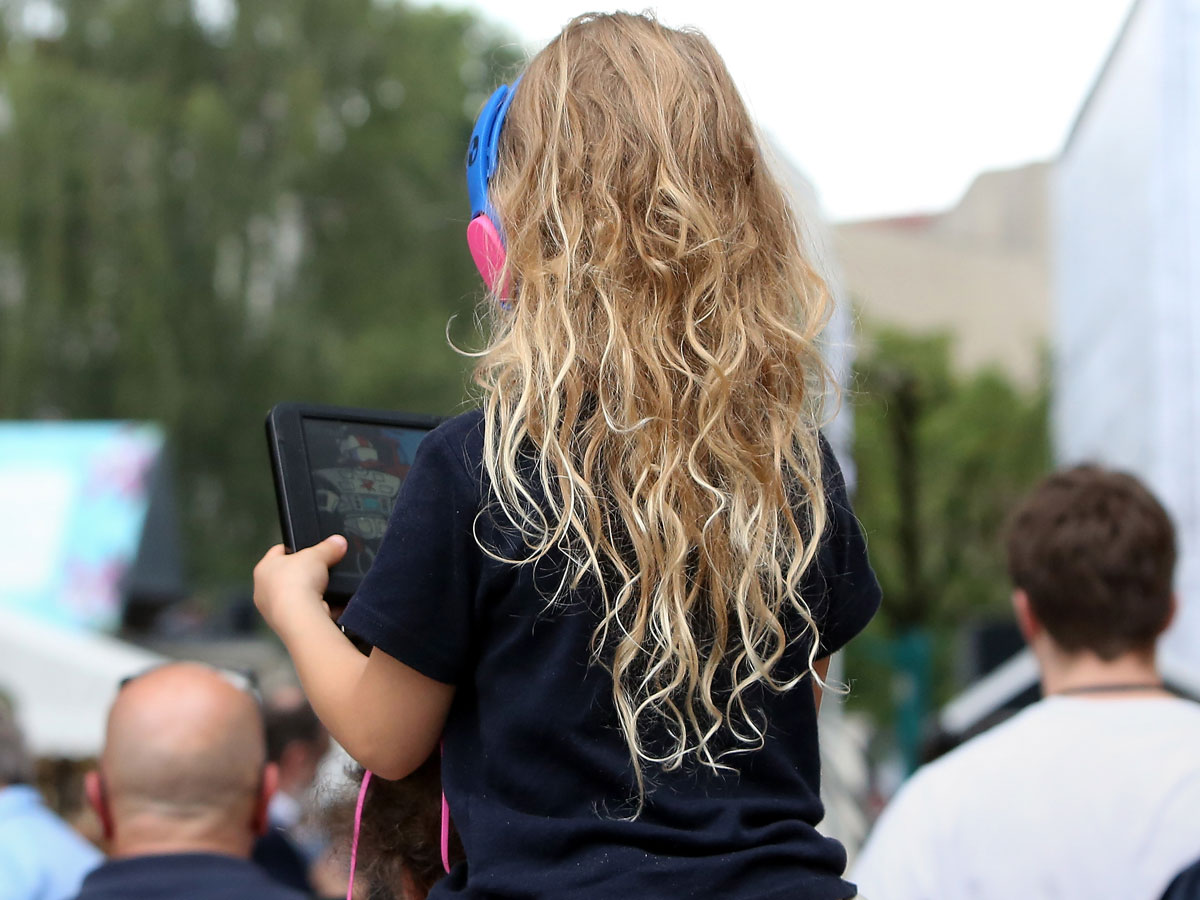- A new and ongoing study from the National Institutes of Health is testing how screen time affects children’s brains, CBS News reported.
- When complete, the study will have followed more than 11,000 children for a decade, monitoring how digital screens like smartphones, video games, and tablets are changing the young brain.
- The first brain scans from the study have been analyzed and found children who spend more than seven hours per day with screens experience “premature thinning of the cortex,” Dr. Gaya Dowling, one of the study’s authors, told CBS News.
- The study also found that kids who spent more than two hours with screens daily got lower scores on tests about thinking and language topics.
A first-of-its-kind study from the National Institutes of Health is analyzing how screen time affects children’s brains, CBS News reported. Over the next decade, the study will look at the brains of 11,000 9- and 10-year-olds as they grow up around screens.
“We’ll be able to see not only how much time are they spending, how they perceive it impacting them, but also what are some of the outcomes,” Dr. Gaya Dowling, one of the study’s authors, told CBS News. “And that will get at the question of whether there’s addiction or not.”
The first findings from the study show as little as two hours of screen time can be detrimental
Although a connection between screens and addiction is still being made, early study results have found that as little as two hours of screen time daily can negatively affect children. In fact, the study found that kids who used screens for two hours or more experienced lower thinking and language-related test scores.

According to Dr. Dimitri Christakis, the lead author of the American Academy of Pediatrics' most recent screen time guidelines, these negative effects occur because children don't know how to translate two-dimensional skills learned on a screen to the real, three-dimensional world. "If you give a child an app where they play with virtual Legos, virtual blocks, and stack them, and then put real blocks in front of them, they start all over," he told CBS News.
The American Academy of Pediatrics suggests toddlers stay away from screens as much as possible
To combat the potentially harmful effects of screens, the AAP released new 2018 guidelines on screen usage for kids. The guidelines stress the importance of face-to-face communication and suggest parents limit screen time to video calling only in toddlers between the ages of 18 and 24 months. The guidelines also suggest parents accompany young children whenever they are using screens.
"Co-viewing is best when possible and for young children they learn best when they are re-taught in the real world what they just learned through a screen," the guidelines noted.
Read more: I'm raising my son with very limited technology - here's how I do it
The NIH study could help solidify guidelines about screen time for young people

As the NIH study continues, researchers hope to retrieve information that can better inform screen-related health guidelines.
As Dowling noted, a full picture of the screen time effects won't be possible until years down the line, when the study is complete. The NIH, has, however, finished enrolling the 11,000 children participating in the research project.
Dowling told CBS News that the researchers hope to determine whether screens have an addictive nature through their work over the next decade.
VisitINSIDER's homepage for more.
-
- Read more:
- Only 5% of US kids meet expert recommendations for sleep, screen time, and exercise - here's what they should be doing
- Silicon Valley parents are raising their kids tech-free - and it should be a red flag
- Bill Gates and Steve Jobs raised their kids tech-free - and it should've been a red flag

